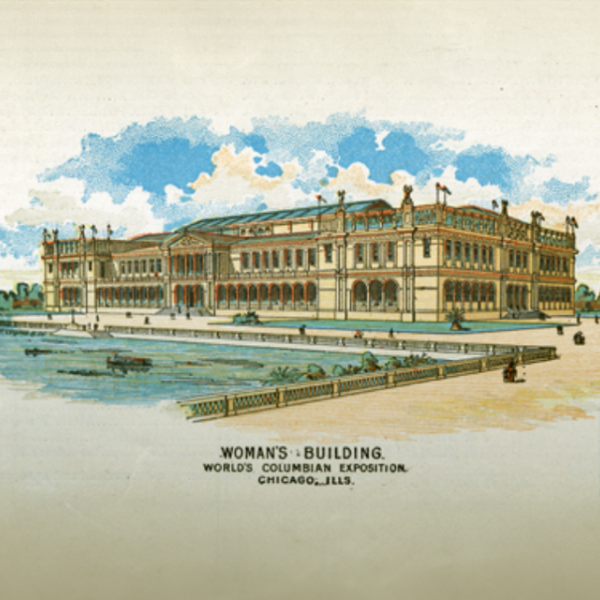Interview with Faculty Fellow Stephanie Li
A major demographic change is underway in the United States, one that will see whites lose their majority status by the year 2050. Alongside scholars of “whiteness studies,” authors such as Dave Eggers and Claire Messud have grappled with this impending reality in literary works that foreground issues of race — the white race. With her new book project, “Ugly White People: Whiteness in Contemporary American Literature,” Stephanie Li, the Lynne Cooper Harvey Distinguished Professor of English and Faculty Fellow in the Center for the Humanities, sets out to explore how white writers display this new understanding of white racialized behavior.
Briefly, what is your book about?
Since the turn of the century, white American literary writers have been producing work that is self-consciously white. With white people increasingly conceiving themselves as distinctively racialized as opposed to simply American or human or beyond the categories that have long adhered to people of color, white writers are demonstrating a new understanding of white racialized behavior. Far from neutral, it can span from staunch anti-racism to virulent forms of xenophobic nationalism. “Ugly White People” explores this new racial awareness by focusing on a single aspect of white identity in 21st-century literature by white American authors: displays of white hegemonic power that constitute a uniquely ugly form of racialized behavior. By hegemonic power, I mean the dominance of one social group over another, which in the context of the U.S. is highly racialized.
Your previous books have mainly focused on African-American writers. Why did you turn to white authors this time?
“Ugly White People” derives from my 2015 book, Playing in the White: Black Writers, White Subjects, which examines what have been called “white-life novels,” or novels by Black authors about white subjects. Novels such as Ann Petry’s Country Place, Zora Neale Hurston’s Seraph on the Suwannee and Richard Wright’s Savage Holiday are uneasy additions to the African-American canon because they explore the lives of white characters. While they question the nature and aim of protest fiction, these texts offer fascinating insight into the nature of whiteness and what it means in American society. If Playing in the White asks what whiteness means for Black postwar writers, “Ugly White People” asks what whiteness means in our contemporary moment.
Ugly white people are those people who will not “act on what they know,” who refuse the danger of losing the advantages of their whiteness and instead wallow in the ugliness of ambivalence, pettiness and the perpetuation of the racist status quo.
What is “ugly whiteness” and how do these authors use it in their novels? How has your deep scholarly immersion in authors such as Toni Morrison and Zora Neale Hurston prepared you for reading white authors in this way?
Ugly whiteness derives from the tension between recognizing whiteness as an identity built on domination and the failure to remedy the inequalities that have proliferated from this founding injustice. James Baldwin warned that many whites “indeed know better” than to believe “that black men are inferior to white men” but explained that “people find it very difficult to act on what they know. To act is to be committed and to be committed is to be in danger.” Ugly white people are those people who will not “act on what they know,” who refuse the danger of losing the advantages of their whiteness and instead wallow in the ugliness of ambivalence, pettiness and the perpetuation of the racist status quo.
Black writers and critics like Morrison and Hurston are best understood as some of our most trenchant theorists of race and therefore of whiteness. Decades before whiteness studies became a coherent academic field with the publication of foundational texts of the late 20th century like David Roediger’s The Wages of Whiteness: Race and the Making of the American Working Class (1991), Ruth Frankenberg’s White Women, Race Matters: The Social Construction of Whiteness (1993) and Noel Ignatiev’s How the Irish Became White (1995), Black thinkers like W.E.B. Du Bois, James Weldon Johnson, and James Baldwin were outlining the contours of the manufactured nature of whiteness as well as its pernicious consequences.
Is there a brief scene or exchange from any of these works that succinctly illustrates some of the ideas you’re spotlighting in your book?
The focus of chapter 5 is on Otessa Moshfegh’s novel My Year of Rest and Relaxation, which is about a rich white woman who just wants to sleep. I read the book as a satire of what’s been called “the wellness industrial complex” and a critique of the self-care movement that privileges the comfort of the individual over civic engagement and empathetic action. The protagonist just doesn’t want to be bothered with other people’s problems or with the inconvenient knowledge that her wealth and privilege is built upon the exploitation of others. She uses her privileges and wealth as a white woman to escape the mess and violence of the world around her; that’s ugly whiteness.
How do you hope you will affect readers’ understanding of these works – and the books they read next?
I hope the book will help readers think through the destructive consequences of whiteness and the dangers of not addressing the violence that is foundational to the construction of race in this country. Much of whiteness is built upon a kind of willed blindness to the exploitation and plunder of people of color. I hope my book can provide a vocabulary and framework to further identify and address white privilege and entitlement.
Headline image: Portrait of a Young Woman in White (1798) by Jacques-Louis David. Courtesy the National Gallery of Art. Cover image for My Year of Rest and Relaxation by Otessa Moshfegh.





